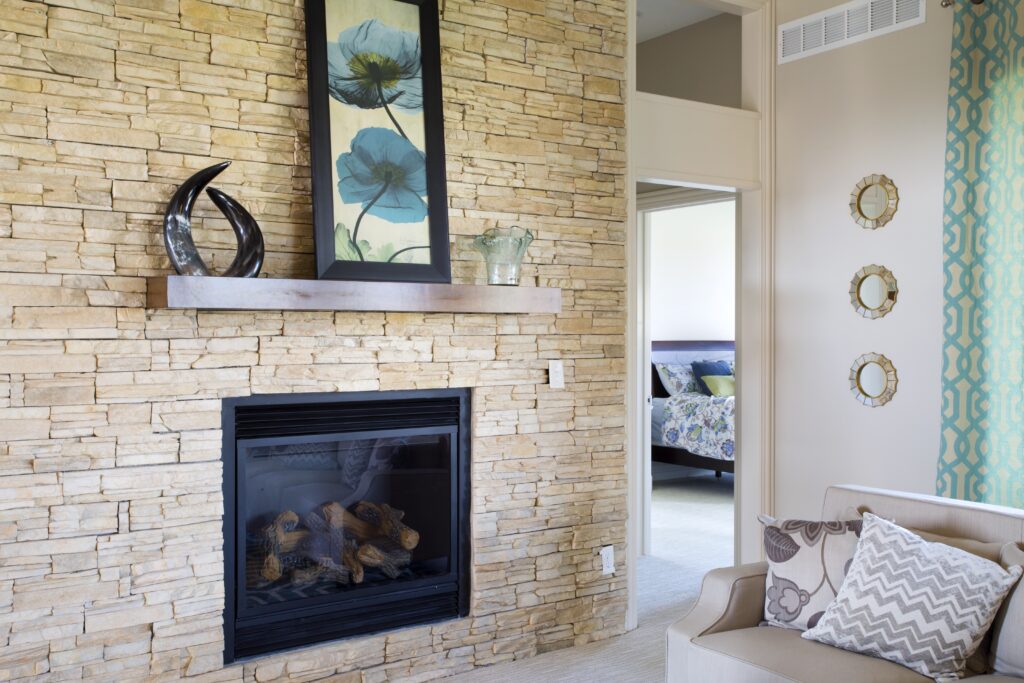As the temperatures drop in Wichita, it is important to have an efficient heating system for your home. All home heating systems are designed to tap thermal energy from a fuel source then transfer it to living spaces in order to increase the overall temperature of the home and keep everyone comfortable. While all heating systems provide warmth, there are several different types of systems to choose from. In this blog, we’ll help you find which home heating system is right for you.
Furnace
The furnace, also known as the forced air system, is the most common HVAC system in US homes. It uses a furnace with a blower fan to deliver and circulate heated air to the various rooms of the home; this is done using a network of air ducts. One reason that this system is so popular is because of its ability to adjust the temperature of the room very quickly. Additionally, you can easily add air filters and humidifiers and combine cooling with the heating capability. However, some homeowners do not like furnaces because it requires ductwork and space in the walls, creates dry, allergen-prone air, and heats the air, rather than the objects, in the room.
Heat Pump
One of the newest home heating systems is the heat pump. Similar to an air conditioner (AC) system, heat pumps extract heat from the air and deliver it throughout the home using an indoor air handler. The mini split, or ductless heating system, is the most popular heat pump system. This system requires an outdoor compressor unit and various indoor air handlers placed in different rooms. There are several benefits of using a heat pump system, including: the ability to switch the system to AC in summer months; there is no required ductwork, and the wall units make it easy to control the exact temperature in each room. However, some disadvantages include: it is inefficient in frigid climates, the distribution of hot and cold air is limited, and each unit is controlled individually from separate rooms.
Radiant Heating System
Modern radiant heating systems supply heat either directly to the floor or to panels in the wall or ceiling. This system relies on the transfer of heat from the heated surface to the people and objects in the room. Many people choose radiant heating because it is more efficient than baseboard heating and eliminates duct losses. It is a great option for individuals with allergies as it eliminates the spreading of allergens unlike forced air systems. They’re also very quiet and more energy efficient compared to other systems. A disadvantage to a radiant heating system is that they are slow to heat up and adjust to temperature changes. Additionally, the maintenance can be difficult and might require tearing out the flooring.
Traditional Boiler and Radiator System
The best heating system for whole-home warmth is a traditional boiler and radiator system. This system consists of a central boiler that circulates steam or hot water through pipes to various radiator units placed throughout the home. Traditionally, a radiator is a cast-iron unit positioned near one or multiple windows. With traditional boiler and radiator systems, you can expect to replace them every 10 to 15 years. Many prefer this type of system because it is less dry than forced heating systems, and the radiators can be updated to either baseboard or wall panel options. However, for others, it is difficult to get used to the bulky look of the radiator; if you live in a smaller place, then the boiler takes up space for what could be furniture or window coverings. Lastly, builder and radiator systems cannot be combined with air conditioning.
Hybrid Heating
Another popular option is a hybrid heating system. This kind of system combines the power of a gas furnace with the energy efficiency of a heat pump. The heat pumps works at total capacity to warm the home; the furnace will work with the heat pump until the home has reached the desired temperatures. The main advantage of this system is that it offers a complete heating solution and is reliable in the most extreme temperatures. It does, however, require regular maintenance and a service check every two years.
While there are other types of home heating systems, we have covered the basics to provide you with the necessary information to choose the right system for your home and family.
If you are are interested in building a custom home in Wichita, contact Paul Gray Homes at 316-990-0000 to speak to an expert today!
